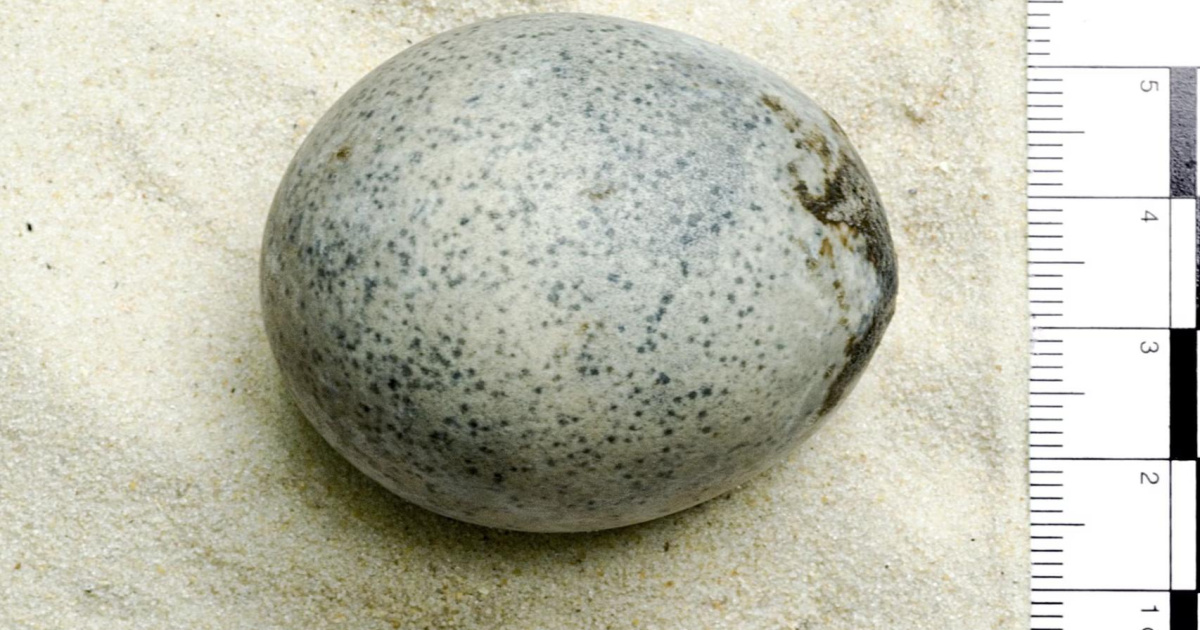When archaeological excavations are conducted, it is common to find them Things that are more or less common They are common to almost all of them: tools, weapons, jewelry, kitchen utensils, texts, bones, paintings…
What is abnormal is finding not one, but several egg Intact and in excellent condition it has managed to withstand the passage of centuries, with all that can entail, without the slightest scratch (beyond the logical deterioration caused by the imprint of time).
Now, 14 years ago, in 2010, a team of archaeologists working in a Roman-era well during excavations in Buckinghamshire (United Kingdom) achieved “the impossible”: in addition to a woven basket, ceramic vessels, leather shoes and animal bones, researchers found cache Four spotted chicken eggs.
Although they were removed with great care for study, three of them broke, emitting an intense sulfurous odor, but one was preserved intact. It is 1700 years old It was christened the “Aylesbury Egg”. Upon examination, it was discovered that it still had liquid (thought to be a mixture of egg yolk and albumen) inside it, which may reveal secrets about the bird that laid it nearly two thousand years ago.
“We often find pieces of shell, but not intact eggs,” he said. Edward Biddulpha senior project director at Oxford University Archaeology, who supervised the excavation and claimed it was the only unaltered Roman-era excavation in Britain.
“The egg turned out to be even more surprising. It still contains its liquid, the yolk and the white. We might have expected this phenomenon to trickle down over the centuries, but it still exists. It's absolutely incredible. He added: “It may be the oldest egg of its kind in the world.”
How do I get there?
According to Biddulph, the piece was deliberately placed in a pit that was used as a brewing and brewing pit. “This was a wet area next to the Roman road. The eggs were probably placed there as a votive offering.. “Maybe the basket we found contained bread.” according to guardianThe egg was transferred to the Natural History Museum in London.
Although there are older eggs with contents, such as mummified eggs, Douglas Russell, chief curator of the museum's egg and bird nest collection, said he believes these are the oldest eggs that were inadvertently preserved. “The egg is one of the most interesting and difficult archaeological finds to investigate and preserve. “Being the temporary caretaker and researcher of this Roman egg is one of the highlights of my 40-year career.”





